Welcome, fellow workshop enthusiasts! As seasoned craftsmen and DIYers, we understand the indispensable role that power tools play in our daily projects. It is crucial to prioritize regular maintenance to keep our workshop running smoothly and ensure our tools are always in top condition.
Today, we delve into “Maintenance Tips for Workshop Power Tools.” As a seasoned expert in the field, I have compiled a comprehensive guide to help you prolong the lifespan and optimize the performance of your trusty power tools.
From drills to saws, sanders to grinders, each power tool requires specific care and attention to remain in peak operating condition. Simple maintenance practices can save time, money, and frustration in the long run.
Whether you are a hobbyist or a professional craftsman, treating your power tools carefully and respectfully will enhance their longevity and ensure safety in your workshop. So, let’s roll up our sleeves, grab our tool kits, and dive into maintaining our workshop power tools.
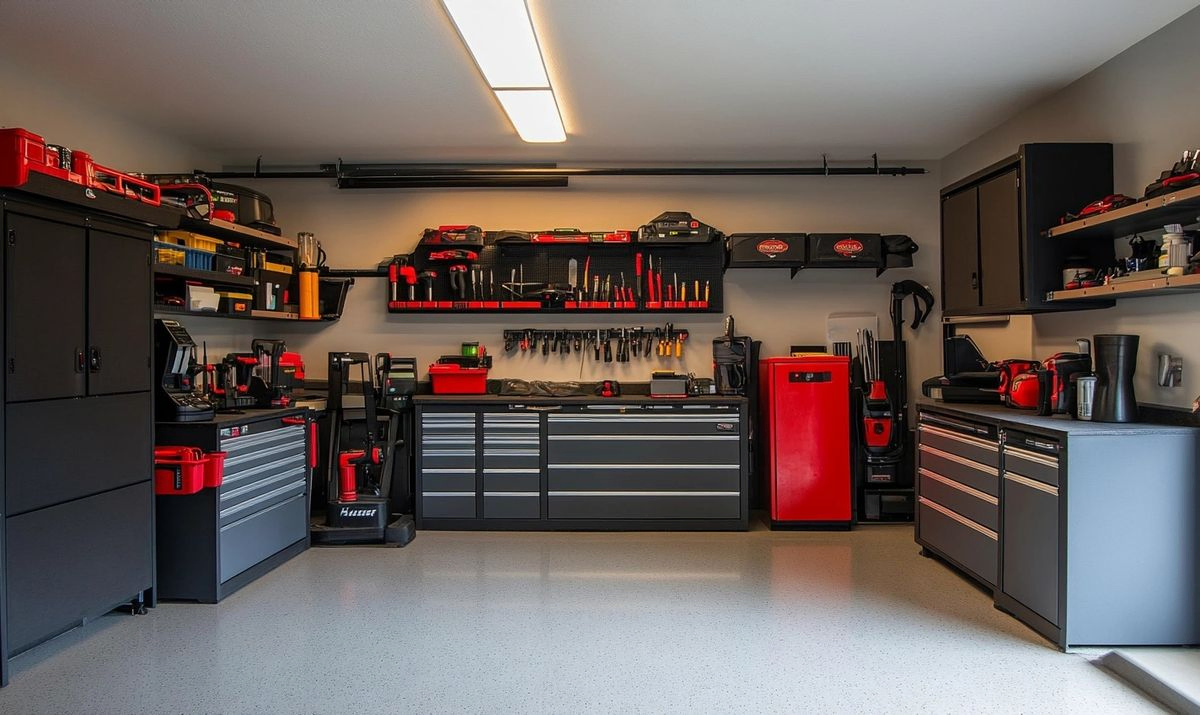
Common Power Tool Maintenance Mistakes to Avoid
Power tools are the backbone of any garage workshop, but maintaining them properly can lead to costly repairs or replacements. By avoiding these common maintenance mistakes, you can ensure your power tools stay in top working condition and last for years.
Neglecting Regular Cleaning
Skipping regular cleaning allows dust and debris to build up, leading to decreased efficiency and potential damage to the tool’s internal components.
Ignoring Blade and Bit Check-ups
Overlooking the condition of blades and bits can result in subpar performance and safety hazards. Regularly inspect and replace dull or damaged blades to maintain precision and prevent accidents.
Forgetting to Lubricate Moving Parts
Without proper lubrication, moving parts can wear out faster and cause the tool to overheat. Apply lubricant as recommended by the manufacturer to keep your tools running smoothly.
Storing Tools Incorrectly
Leaving tools exposed to moisture or extreme temperatures can cause rust and corrosion. Store your power tools in a dry, climate-controlled area to prevent damage and extend lifespan.
Neglecting Electrical Safety
Using damaged cords or outlets can put you at risk of electrical shocks or fires. Regularly inspect cords for fraying and ensure proper grounding to maintain a safe working environment.
Skipping Calibration and Testing
Failure to calibrate and test your power tools can lead to inaccuracies and inefficiencies. Check and adjust settings regularly for optimal performance and precise results.
Remember, a well-maintained power tool is like a loyal companion in your workshop, always ready to help you tackle any project quickly. By avoiding these common maintenance mistakes and following proper care practices, you can ensure your tools are always up to the task.
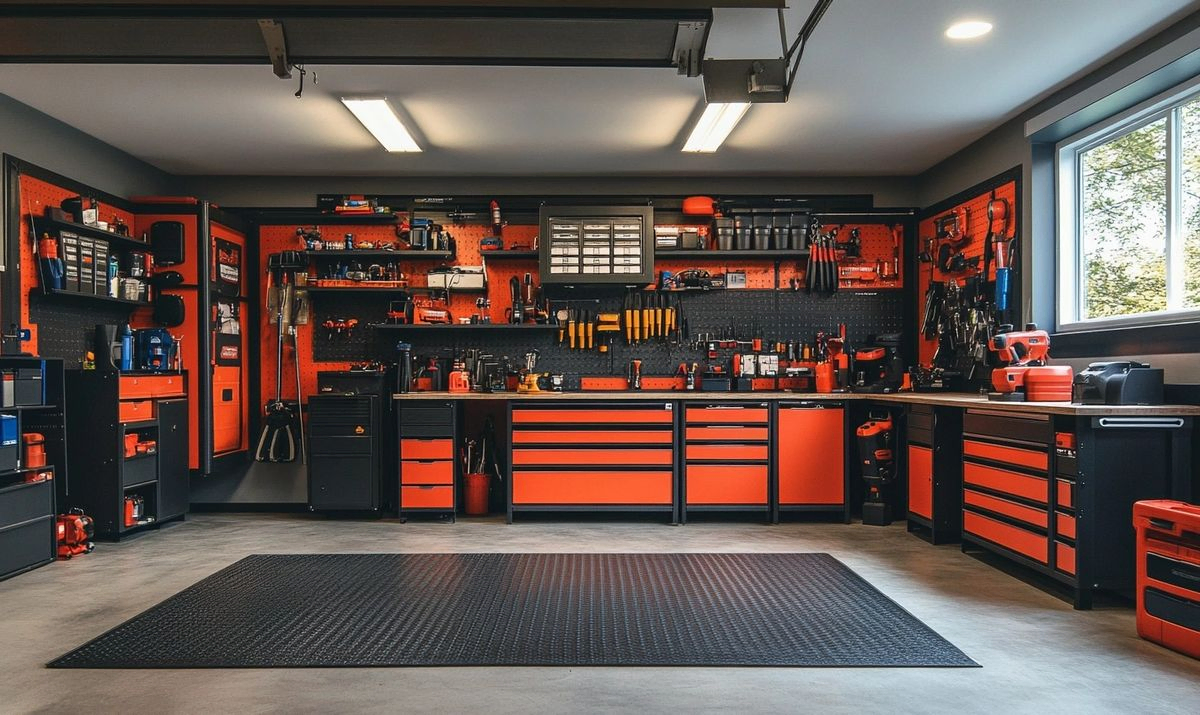
Importance of Regularly Cleaning Your Workshop Power Tools
Keeping your workshop power tools clean is crucial for their longevity and performance. Just like a car needs regular maintenance to run smoothly, power tools also require care and attention to function optimally. Let’s explore why cleaning your tools is essential.
Preventing Malfunctions and Breakdowns
Imagine trying to drill a hole with a dirty, clogged-up drill – it would be a nightmare! Regularly cleaning your power tools can help prevent malfunctions and breakdowns, ensuring they operate smoothly when needed.
Extending the Lifespan of Your Tools
Clean your power tools as a spa day—it rejuvenates and revitalizes them. Keeping your tools clean can extend their lifespan and allow you to get more use out of them in the long run.
Enhancing Safety in the Workshop
A clean tool is a safe tool. Dirty tools can pose safety hazards, leading to accidents or injuries. Regular cleaning not only maintains the performance of your tools but also ensures a safer working environment.
And now, you may ask, “How can I effectively clean my workshop power tools?”
Cleaning Tips:
- Use a soft cloth to wipe down the exterior of the tools after each use.
- Remove dust and debris from vents and crevices using a small brush or compressed air.
- Regularly lubricate moving parts to prevent rust and ensure smooth operation.
Regular cleaning is vital to keeping your workshop power tools in top condition. It’s a simple yet effective way to preserve your tools, optimize their performance, and create a safer working environment. So, roll up your sleeves and give your tools the care they deserve!
How to Properly Store Power Tools to Extend Their Lifespan
Maintenance is vital to keeping your workshop power tools in top condition. All these tasks are essential, from regular cleaning to checking moving parts and electrical safety. However, one aspect that is often overlooked but holds significant importance is properly storing your power tools.
Organizing Your Workshop for Tool Storage
Having a well-organized workshop not only makes it easier to find your tools but also helps in prolonging their lifespan:
- Invest in a sturdy tool chest or cabinet to protect your tools from dust and moisture.
- Use pegboards or tool racks to hang your power tools, preventing them from getting damaged by lying around.
- Label drawers or bins to ensure each tool has its designated storage place.
Protecting Your Power Tools from Environmental Factors
Extreme temperatures, humidity, and dust can all have a detrimental effect on your power tools. Here are some tips to safeguard them:
- Store your tools in a climate-controlled area to prevent rust and corrosion.
- Use silica gel packs or dehumidifiers to control moisture levels in the storage space.
- Cover your tools with protective cases or cloth when not in use to shield them from dust accumulation.
Regular Maintenance Checks Before Storage
Before stowing away your power tools, ensure they are in good working condition:
- Clean the tool thoroughly to remove any debris or residue that could cause damage during storage.
- Check for any loose parts or signs of wear and tear that must be addressed before storage.
- Apply a light coat of lubricant to metal parts to prevent rust and ensure smooth operation when you use them next.
Properly storing your power tools is like tucking them in for a good night’s sleep. By organizing, protecting, and maintaining your tools before storage, you’re extending their lifespan and ensuring they’ll be ready to tackle your next project effortlessly.
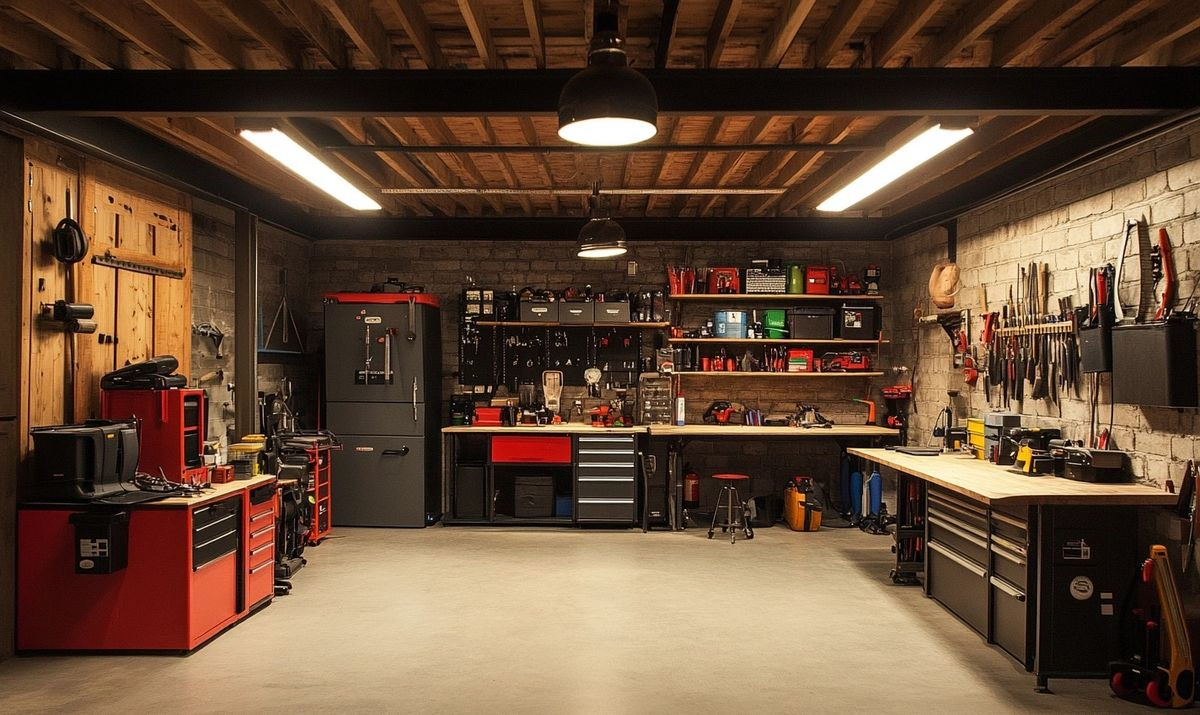
Checking and Replacing Power Tool Blades and Bits
When it comes to maintaining your workshop power tools, one crucial aspect often overlooked is checking and replacing power tool blades and bits. These components are the workhorses of your tools, enabling them to perform at their best. Let’s dive into some essential tips to ensure your blades and bits are in top condition.
Regular Inspection
Like a well-oiled machine, your power tool blades and bits require regular inspection to identify any signs of wear and tear. A simple visual check can help determine if they need to be replaced or sharpened. Look out for dullness, chipping, or any visible damage.
Sharpening and Replacing
Sharpening your blades and bits can significantly extend their lifespan and ensure optimal performance. Invest in a high-quality blade sharpener or replacement bits when necessary. Remember, a sharp blade improves efficiency and reduces the risk of accidents in the workshop.
Proper Storage
After each use, properly store your blades and bits in a dry and secure location. Avoid tossing them into a cluttered toolbox, where they can bump against other tools and get damaged. Consider using protective covers or cases to keep them safe and organized.
Professional Maintenance
Consider taking them to a professional maintenance service for specialized tools or complex blades that require precision sharpening. These experts have the tools and expertise to ensure your knives are sharpened correctly, extending their usability.
Consider Replacement
Sometimes, no amount of sharpening can revive a worn-out blade or bit. In such cases, it’s best to replace them to maintain the quality of your work and prevent any safety hazards. Don’t compromise safety – invest in new blades and bits when needed.
Following these maintenance tips for your workshop power tool blades and bits, you can ensure they remain in top condition and provide efficient and safe performance whenever you tackle your projects.
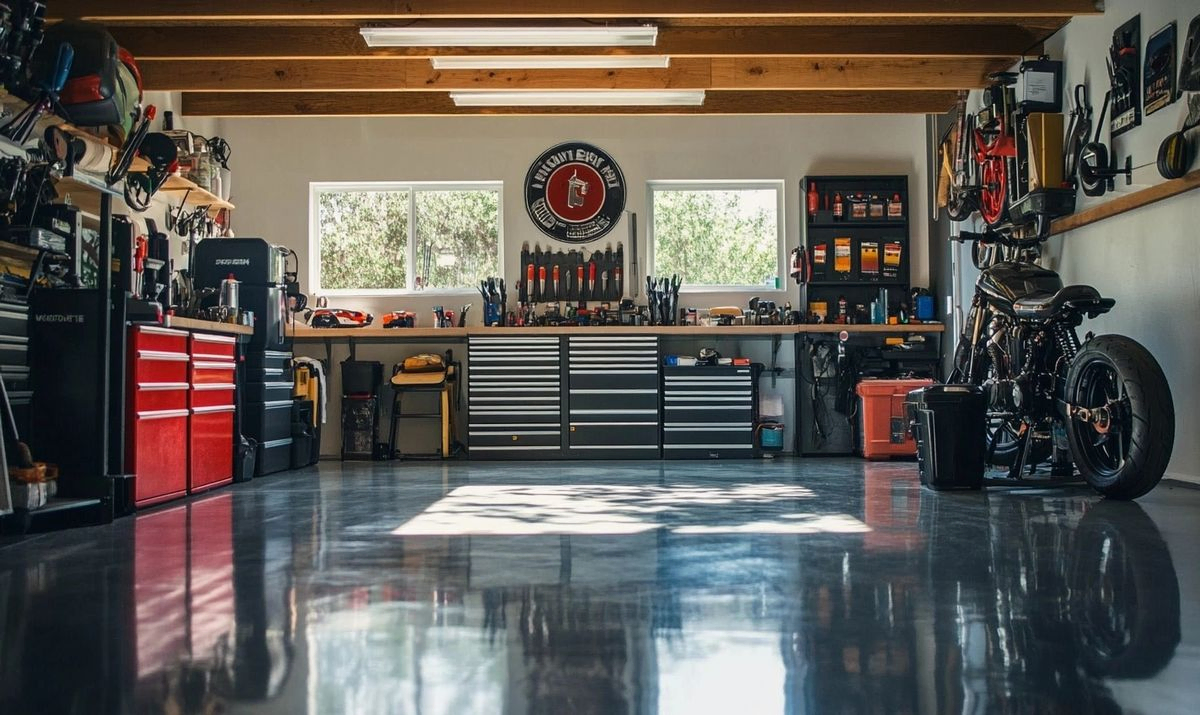
Tips for Lubricating Moving Parts of Your Power Tools
Proper maintenance of your workshop power tools is essential to ensure they stay in top working condition. One crucial aspect of maintenance is lubricating the moving parts of your tools. Neglecting this task can increase friction, wear and tear, and even potential malfunctions. Here are some tips to keep your power tools running smoothly:
Choose the Right Lubricant
Not all lubricants are created equal. Make sure to use the appropriate lubricant recommended by the tool manufacturer. Using the wrong type of lubricant can damage the tool and negate the benefits of lubrication.
Clean Before Lubricating
Before applying any lubricant, ensure that the parts are clean and debris-free. Dirt and grime can mix with the lubricant, creating a sludgy mess that can hinder rather than help the parts’ movement.
Apply Sparingly
Remember that a little goes a long way when lubricating your power tools. Over-lubrication can attract more dust and debris, leading to buildup that may impair the tool’s performance.
Regular Maintenance Schedule
Lubricating the moving parts of your power tools should be part of your regular maintenance routine. Set a schedule based on how frequently you use the tools to ensure they are always in optimal condition.
Check for Wear and Damage
While lubricating, inspect the moving parts for signs of wear or damage. Addressing issues early can prevent further damage and costly repairs.
Store Properly
After lubricating your power tools, store them properly in a clean and dry environment. Proper storage can help maintain the lubricant’s effectiveness and prolong the tools’ lifespan.
Remember, regular maintenance and proper lubrication are vital to extending the life and performance of your workshop power tools. By incorporating these simple tips into your maintenance routine, you can ensure that your tools are always ready to tackle any project gently.
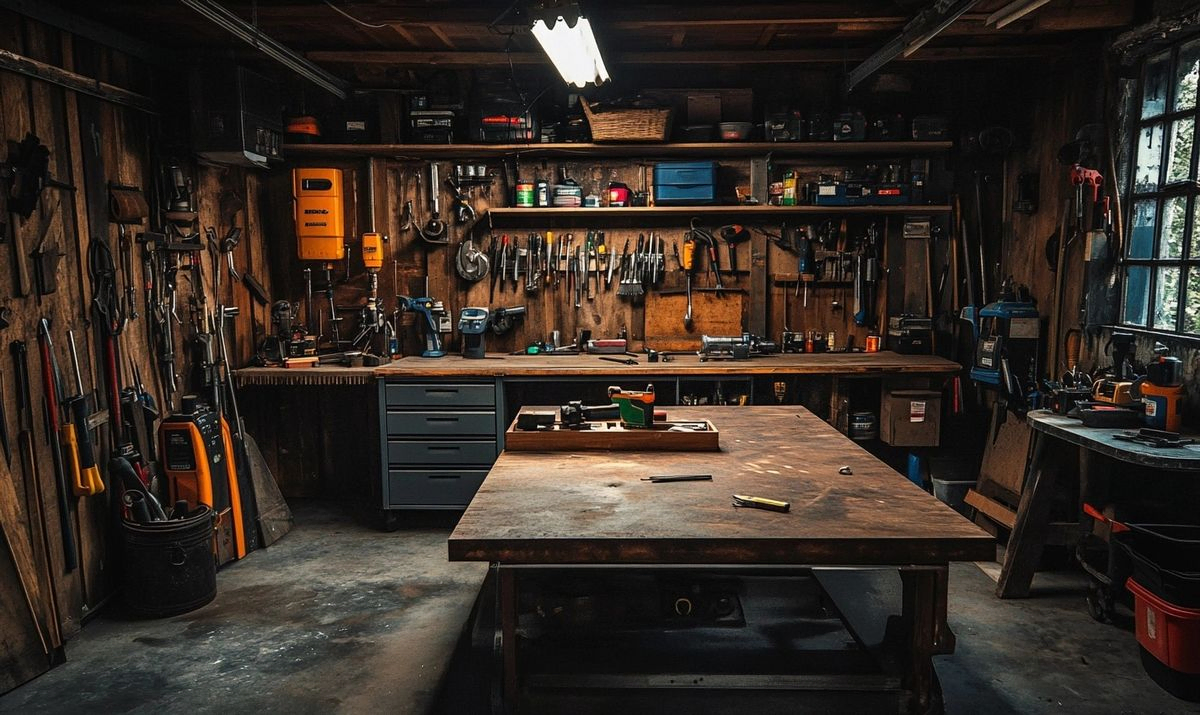
Ensuring Electrical Safety When Using Workshop Power Tools
Electrical safety is paramount when using workshop power tools. Following some essential tips can minimize the risk of accidents and ensure a safe working environment. Explore practical advice for maintaining electrical safety while using power tools in your workshop.
Use Ground Fault Circuit Interrupters (GFCIs)
Installing GFCIs can protect you from electrical shock by shutting off power when it detects a ground fault. This is crucial for workshop environments where water and metal tools increase the risk of electrical hazards.
Inspect Power Cords Regularly
Make it a habit to check power cords for any signs of damage or wear. Frayed cords can pose a severe safety hazard, so replacing them immediately is necessary to prevent electrical accidents.
Avoid Overloading Circuits
Plugging multiple power tools into a single outlet can overload circuits and increase the risk of electrical fires. Distribute your tools across different outlets to prevent overloading and ensure safe usage.
Use Proper Extension Cords
When using extension cords with your power tools, opt for cords suitable for heavy-duty use. Using the wrong type of extension cord can lead to overheating and electrical malfunctions.
Remember, safety should always be your top priority when working with power tools in your workshop. By following these electrical safety tips, you can create a secure project environment and safeguard yourself from potential hazards.
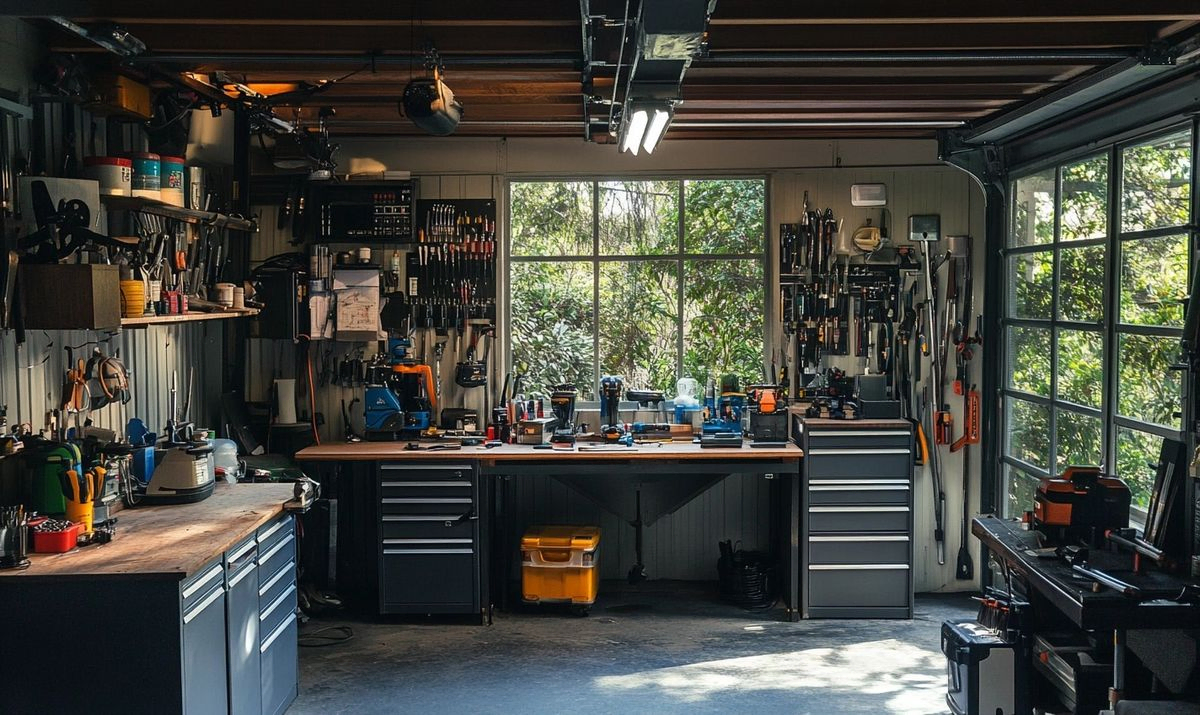
Calibrating and Testing Power Tools for Optimal Performance
So, you’ve meticulously cleaned, stored, and maintained your workshop power tools. But how do you ensure they perform at their best when you need them the most? The answer lies in adequately calibrating and testing your power tools. The final step in your maintenance routine can make all the difference in your project’s outcomes.
Why Calibration Matters:
Calibration is like fine-tuning a musical instrument before a performance. It ensures that your power tools operate at peak efficiency, accuracy, and safety levels. Even the best-maintained tools may not deliver the desired results without proper calibration.
Testing for Optimal Performance:
Regularly testing your power tools is crucial to catching potential issues before they escalate. It’s like giving your tools a regular check-up to keep them in top shape and prevent unexpected breakdowns during a critical project.
Wondering how to calibrate and test your power tools effectively? Here are some practical tips to help you achieve optimal performance:
Calibration and Testing Tips:
- Read the Manufacturer’s Instructions: Always refer to the manufacturer’s guidelines for specific instructions before calibrating or testing your power tools.
- Use a Calibration Tool: Invest in a quality calibration tool to ensure accurate measurements and adjustments for your power tools.
- Perform Regular Test Cuts: Conduct test cuts on scrap materials to check for accuracy and blade alignment for saws and cutting tools.
- Check Speed and Torque: Verify that your power tools operate at the correct speed and torque settings for optimal performance.
By incorporating calibration and testing into your regular maintenance routine, you can prolong the lifespan of your power tools, increase their efficiency, and enhance the quality of your work. Remember, a well-maintained tool is a reliable ally in your workshop adventures!
Conclusion
Proper maintenance of your workshop power tools is crucial to ensure they remain in top condition, perform efficiently, and have a longer lifespan. Following the maintenance tips outlined in this post can prevent costly repairs and downtime, allowing you to focus on your projects without interruptions.
Regular inspection, cleaning, lubrication, and storage are critical components of effective tool maintenance. Please don’t overlook the importance of reading the manufacturer’s instructions and following their guidelines for care and upkeep. By doing so, you can maximize the performance of your power tools and keep them running smoothly for years to come.
Investing time in maintaining your workshop power tools will pay off in the long run, saving you money on replacements and repairs. Additionally, a well-maintained tool is safer and helps you achieve more precise results in your woodworking, metalworking, or DIY projects.
With these maintenance tips, you can extend the longevity and performance of your workshop power tools. Remember, proper care and attention to detail will significantly affect how your tools operate and your work quality. Happy tool maintenance!
Frequently Asked Questions (FAQs)
Q: How often should power tools in a garage workshop be maintained?
A: Power tools should be maintained regularly, ideally after every use or at least every few months, depending on the frequency of use.
Q: What are some everyday maintenance tasks for workshop power tools?
A: Common tasks include cleaning, lubricating moving parts, inspecting for wear, and ensuring proper storage.
Q: How can I ensure the safety of my power tools during maintenance?
A: Always unplug the tools before maintenance to avoid accidents and wear appropriate safety gear.
Q: What type of lubricant should be used for power tools?
A: Use manufacturer-recommended lubricants or multipurpose oils for the specific tool parts.
Q: How can I prevent rust on workshop power tools?
A: Store tools in a dry environment, use rust inhibitors, and apply a light coat of oil to metal surfaces.
Q: Is it necessary to sharpen cutting blades frequently?
A: Keeping cutting blades sharp improves performance and ensures safety during use.